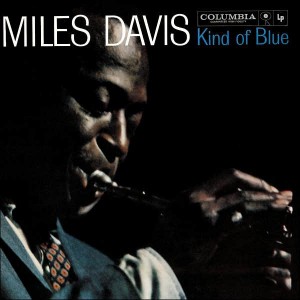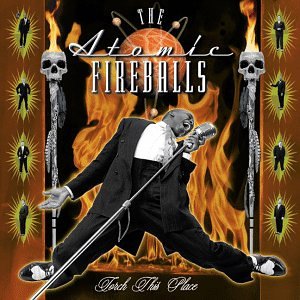Zaz Zaz Review
General Information:
Artist: Zaz
Album: Zaz
Genre(s): Folk, Jazz
Subgenres(s): Chanson, Gypsy Jazz
Released: 2010
Length: 39 minutes
Language(s): French
Label(s): Play On, Sony
Track List:
01. Les Passants
02. Je Veux
03. Le Long de la Route
04. La Fée
05. Trop Sensible
06. Prends Garde à ta Langue
07. Ni Oui Ni Non
08. Port Coton
09. J’aime à Nouveau
10. Dans Ma Rue
11. Éblouie Par la Nuit
Zaz Zaz Review
Zaz is the debut album and stage name of French singer Isabelle Geffroy. The first thing that the listener will pick up on over the course of this album is the many different directions that are taken. Starting with a series of four acoustic-driven songs, including the jaunty single Je Veux, the sound is then stripped back to a quiet acoustic guitar and even subtler harmonium to fill in the silence on Trop Sensible, the only song written solely by Zaz.
This song does have the advantage of letting her voice stand out although it is somewhat awkwardly followed by Prends Garde à Ta Langue and then Ni Oui Ni Non. The latter retains the jaunty attitude of Je Veux and the former is much the same after being moulded into a jazzy temperament that is accompanied by a brass section consisting of a trumpet, trombone and saxophone.
Aside from writing Trop Sensible herself, Zaz shares credit for five other song (Les Passants, Le Long de a Loute, Prends Garde à Ta Langue, Ni Out Ni Non and J’aime à Nouveau) while the other six were written by other composers. None of the songs on Zaz are inherently weak but it is apparent that some of the other composers have a different flair to that of Zaz.
For example, fellow French musician Raphaël Haroche is the sole composer of the piano-focused La Fée as well as the earnest Port Coton and Éblouie Par la Nuit. The latter two are more downbeat and are in the second half of the album, where this mood is more dominant, whereas the first half is livelier so when looking at the album as a whole it can come across as a bit of a “too many cooks in the kitchen” scenario. The theme is broken up by the cheerful J’aime à Nouveau but Zaz ultimately finishes in a very different place to where it starts.
In spite of having some uneven moment in terms of the overall mood of the album, it is highly enjoyable and the optimistic parts of it will certainly keep your attention irrespective of being able to understand the lyrics or not, some of which are positive when translated (Je Veux) whereas others tell more sombre tales (Dans Ma Rue).
Performers:
Zaz (Isabelle Geffroy): Lead Vocals (1-11)
Bruce Cherbit: Drums (1, 2, 3, 6, 7, 9), Tambourine (2)
Toby Dammit: Drums (4, 8)
Manuel Marches: Double Bass (1, 3, 9)
Antoine Reininger: Double Bass (2, 6, 7)
Mathieu Verlot: Double Bass (4, 8, 11)
Germain Guyot: Piano (1, 3, 10)
Fred Lafarge: Acoustic Guitar (1, 2, 3, 7, 9), Piano (4, 8, 11), Harmonium (5, 8)
Alban Sautour: Electric Guitar (1, 3), Programming (1)
Raphaël Haroche: Acoustic Guitar (8)


